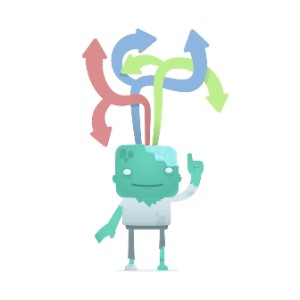Dear Fellow Gym Rats: I am ratting you out. For those unfamiliar with the jargon, I’m not talking about the four-legged, garbage seeking rodents that creep around the city and slither into people’s homes or other environments. It’s you human spoilsports who frequent fitness centers who I am taking to task. Okay, perhaps spoilsport is too harsh a term, because some of you are simply unaware that there is a need for gym etiquette. So, let me convey this message in a kinder, gentler manner.
I belong to a 4900 square feet, two story fitness center. It’s large enough so that patrons don’t feel crowded, but small enough to encourage congeniality. Most of the regulars who workout there, in the early morning hours when I am present, are generally friendly. Upon arriving you politely greet the receptionist, “Good Morning” as you sign in, and then you nod or wave to other gym warriors as you proceed to the locker room, one of the machines, or the weight station.
In contrast, there are the infrequent patrons who purchase a day pass, or hold membership, but only visit the gym occasionally. You seldom acknowledge anyone and avoid making eye contact. Perhaps you were not taught that it is polite to speak upon entering a room. Whatever pumps your iron. Whether you are a regular member or a periodic drop-in, I imagine that Miss Manners would agree that we should mind our p’s and q’s even at the gym.
Conveniently stored on a small table outside the manager’s office are paper towels and a spray bottle of sanitizer for disinfecting equipment and protecting patrons. Because I dislike placing my hands on sweaty handgrips, I wear weight lifting gloves. That not only prevents my own palms from getting sweaty, it also helps me avoid getting calluses. Still, after I finish using a machine, I wipe it down. And because I know that when exercising, I sweat like a guilty defendant facing Judge Judy, before I sit or recline on one of the workout benches, I place a small towel beneath me. Moisture-wicking athletic wear may be cute, but it has its limits.
Loud grunting – whether you are lifting weights or doing a boot camp routine – is another no-no. Exerting extra effort obviously takes all the strength that you can muster, but try to avoid grunting like you are having wild sex. It is distracting to those of us who suppress our groans by biting our bottom lip until it bleeds. Just kidding about the lip biting, but tone it down guys.
Now some of you will think that this next gripe results from female envy; suspicious women tend to think that way. Believe me, that isn’t the case. When a size eight woman, dressed in itsy-bitsy-teeny-weeny-bikini type workout gear, unrolls an exercise mat and strategically places it near the center of the room to ensure that everyone present sees her stretching and exaggerating yoga poses, it becomes more than a distraction. It is an issue that makes it obvious why some gyms have a dress code.
Then, there is the slacker. Good intentions aside, he or she enters the gym, exercises for about five minutes, and then spends the rest of the hour sitting motionless on one of the machines or someplace else, while playing games on a cell phone or perhaps daydreaming about the next Big Mac. I kid you not, I’ve seen this.
Most thoughtless are the inconsiderate people who place their water bottle, towel, or other personal items on an unoccupied machine near the one that they are using. I once had to ask a woman to move her purse and jacket off of the Stairmaster so that I could use it. She complied and apologized, but dang! why should I have to ask? If you don’t want to store your personal items in the lockers – which the gym provides at no additional cost – then leave them in your car or find someplace else to store them, not on an unused machine. And keep track of your stuff. I once found a set of car keys in the bottle holder on my favorite treadmill. When I asked around, whether anyone had misplaced their keys, a grateful young lady came rushing over to claim them. There are a few more things that I could add to the list, but I think I will leave it to my cohorts to include some of their peeves in the comment section below.
* * *
The preceding page is from my forthcoming book, A Whistling Tea Kettle and Other Sounds of Life. If you would like to be notified when the book is available, please provide your email address by clicking this button





